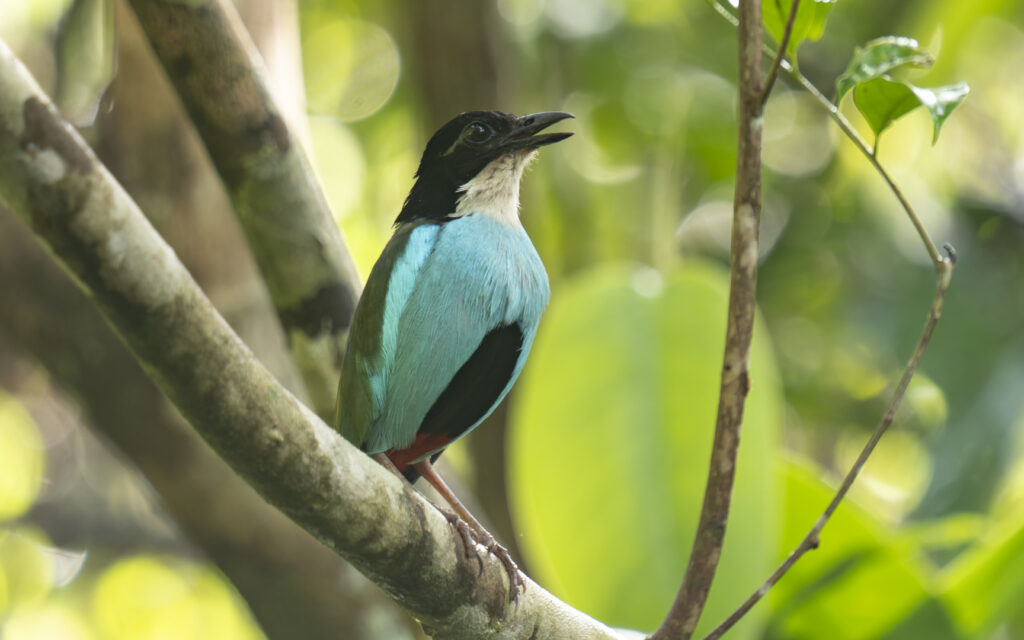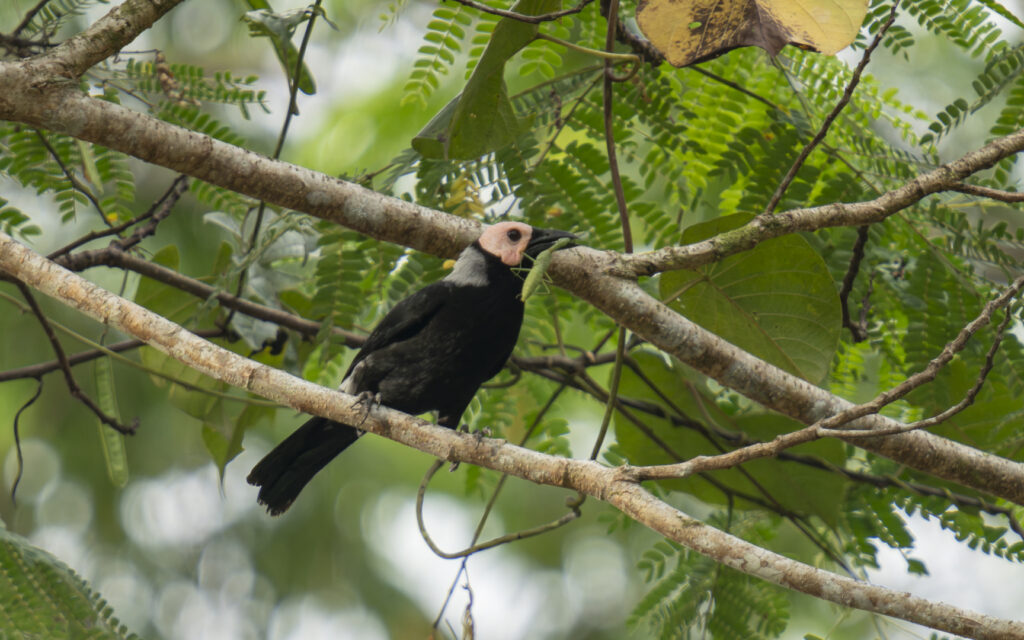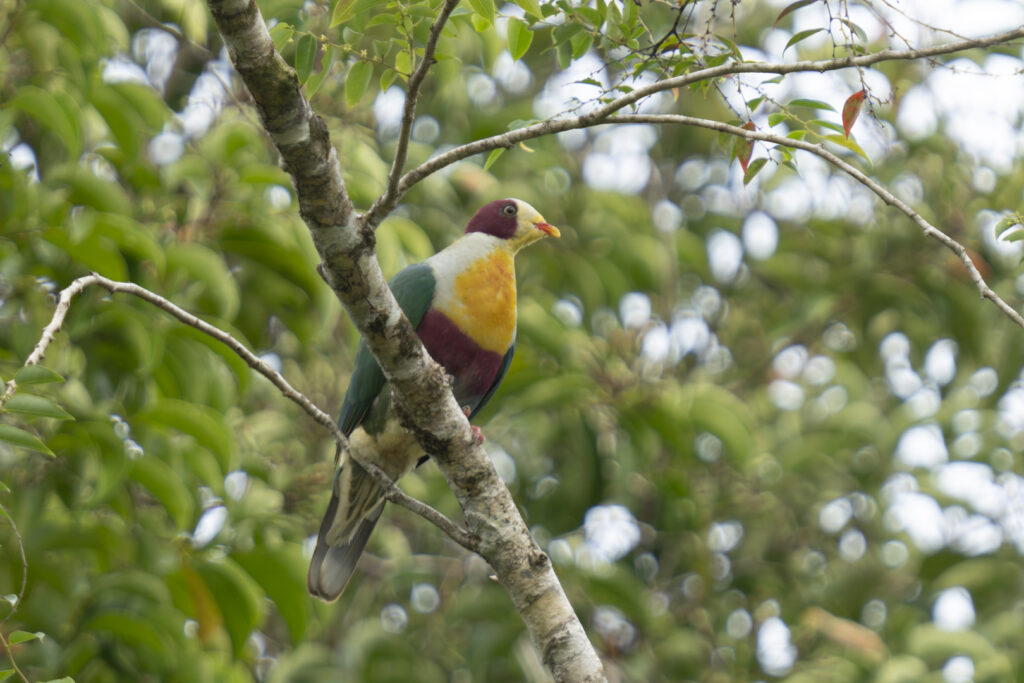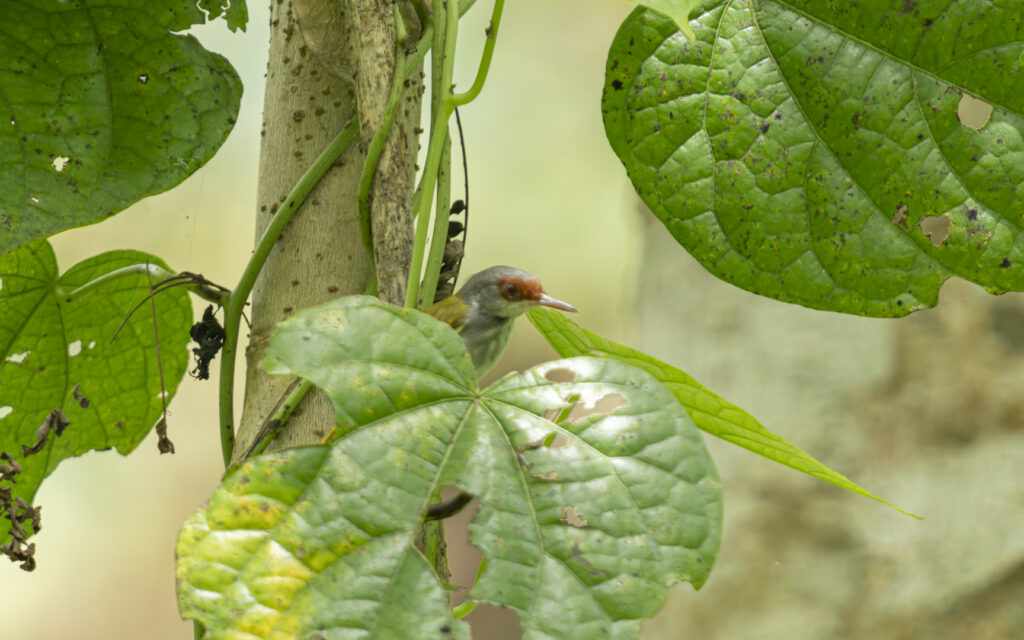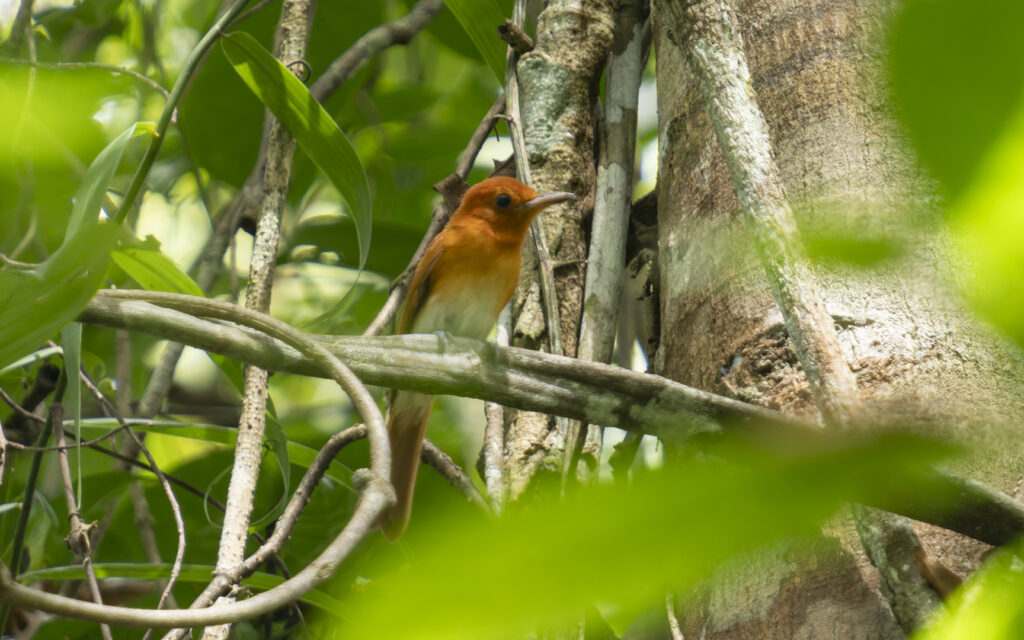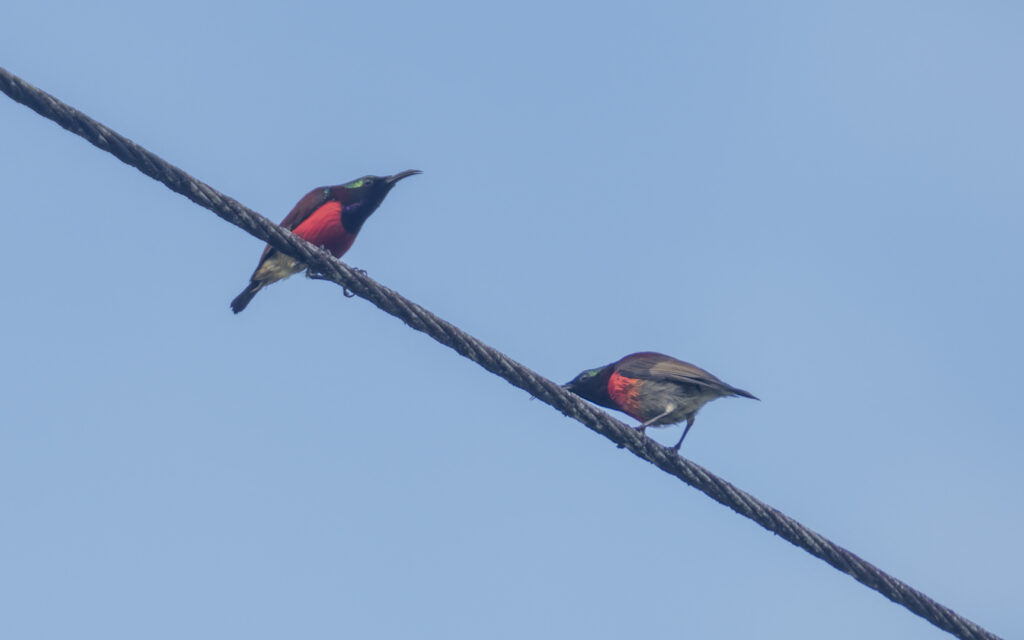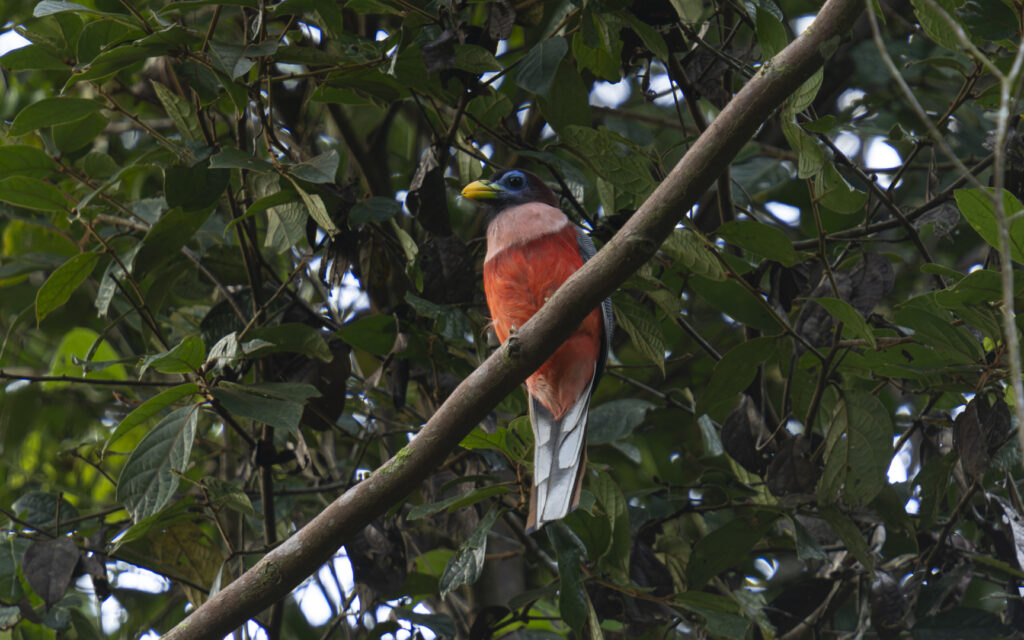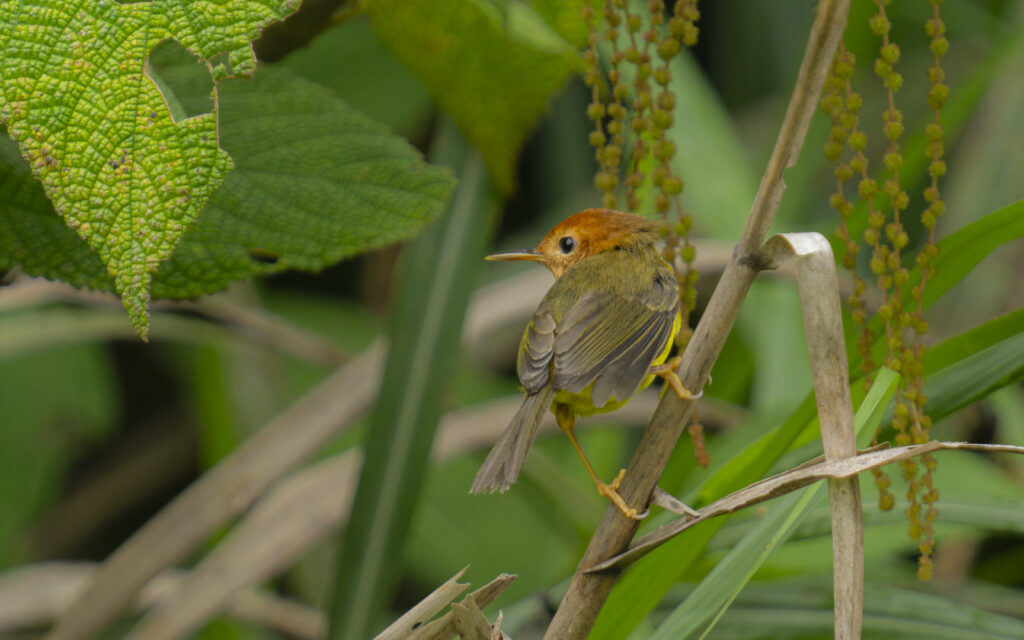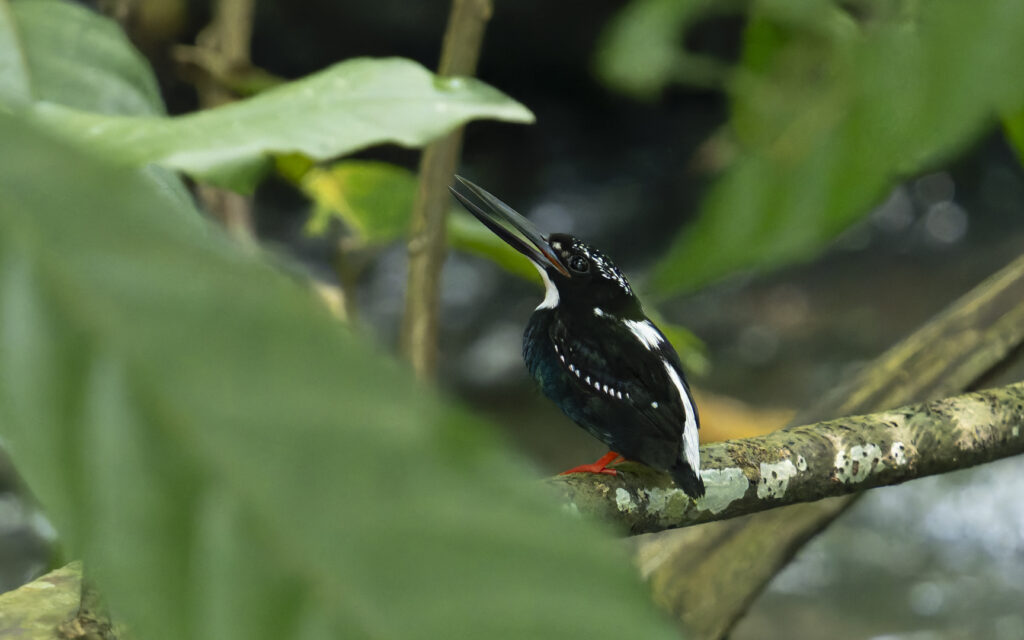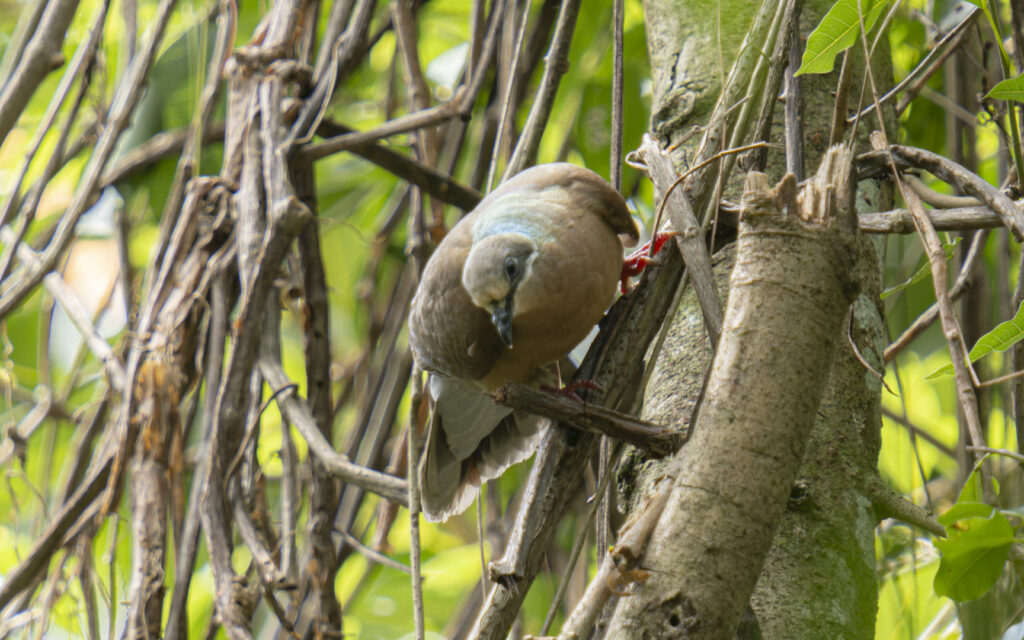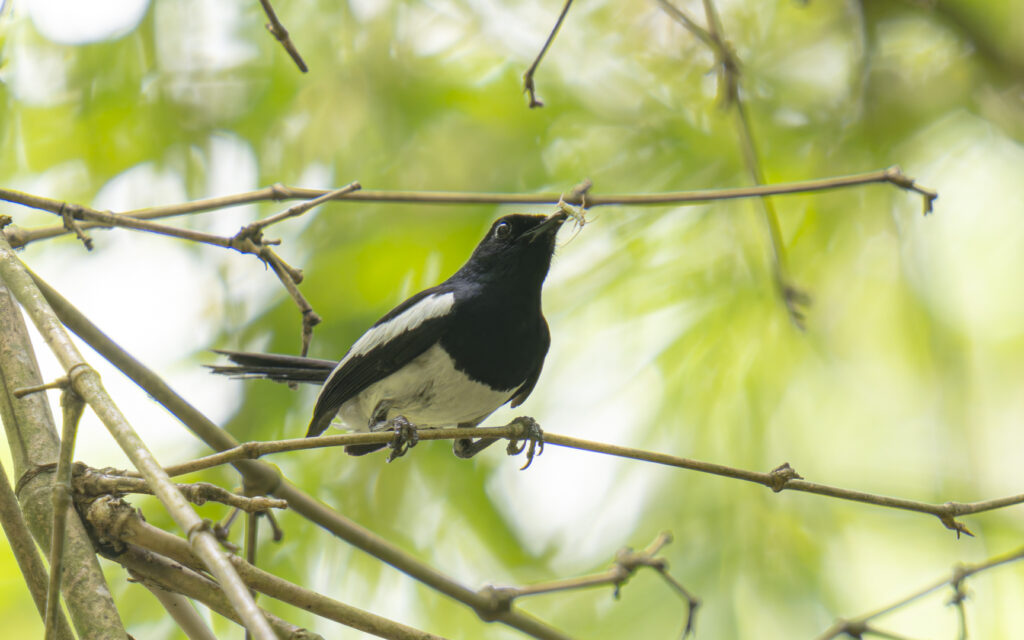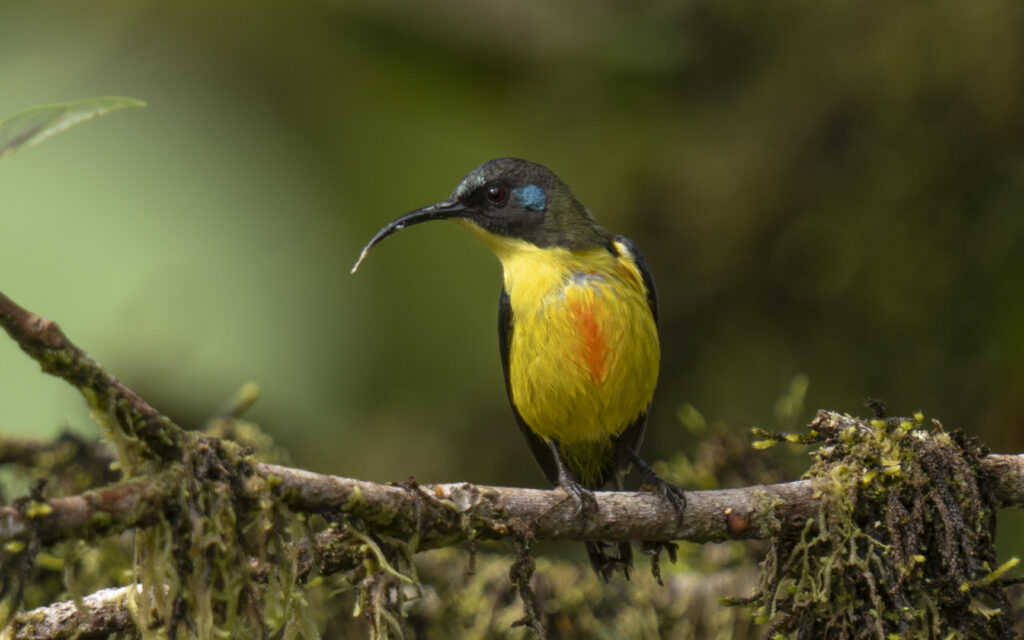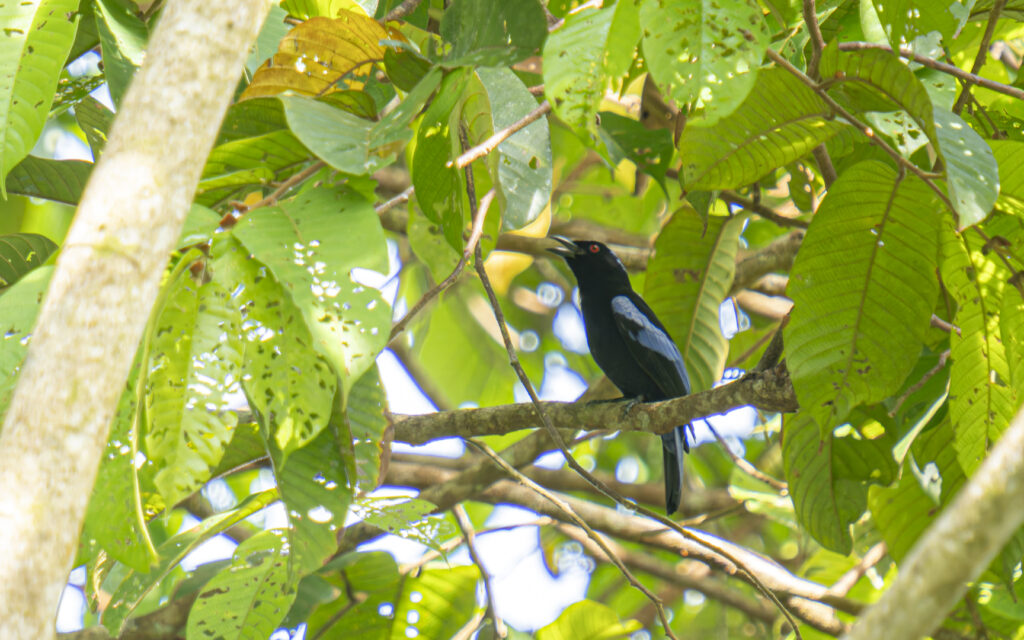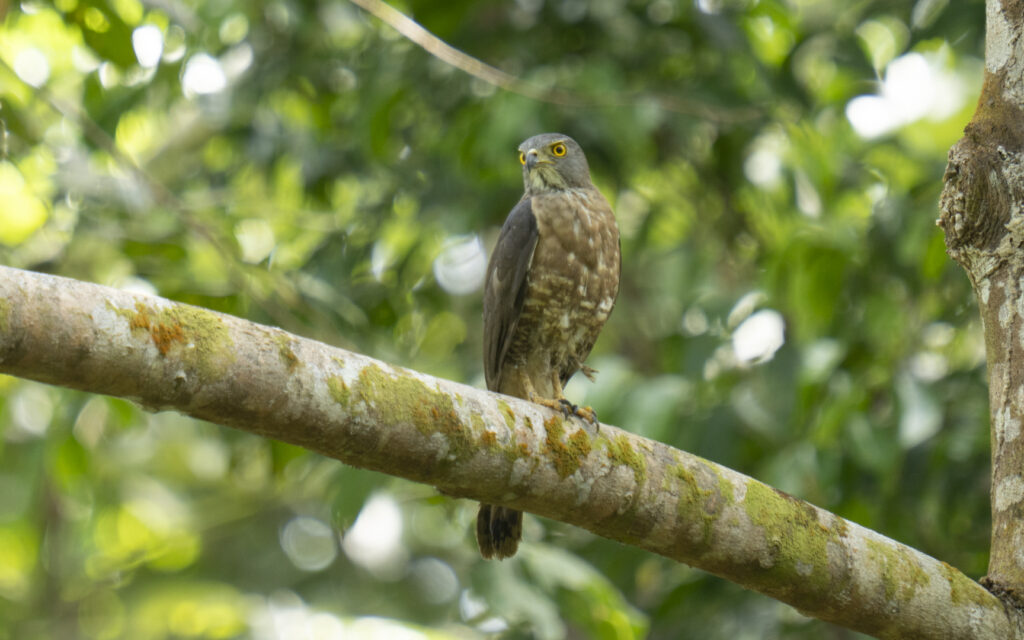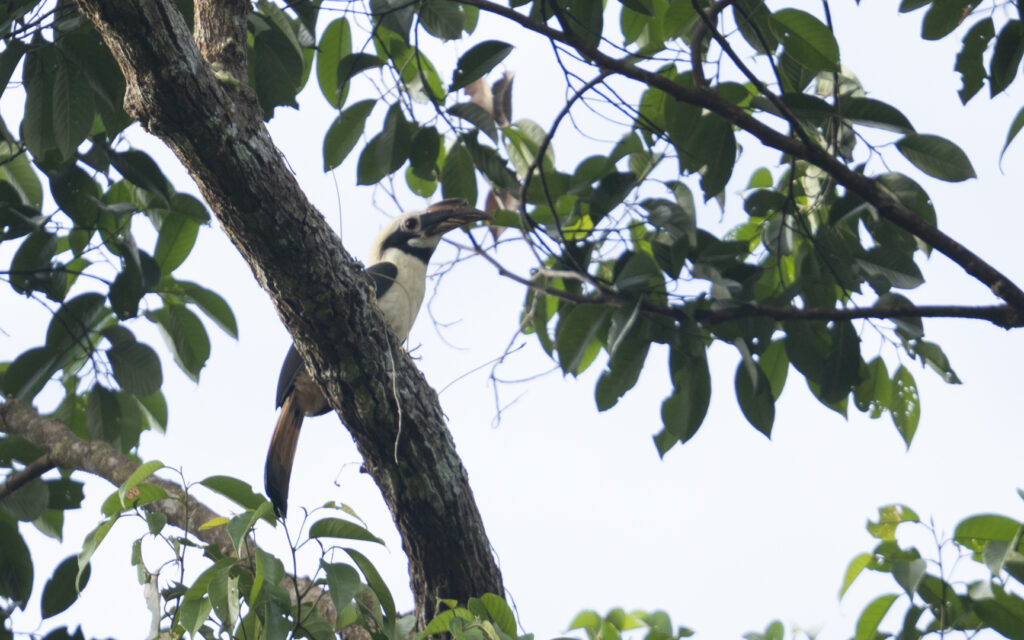Gems hanging by a thread
While researching birding destinations in Southeast Asia, I came across one country that stood out with an exceptional number of endemic species: the Philippines. With over 200 endemic bird species, the archipelago’s north-south expanse and island-by-island diversity provide a wide range of habitats, each home to its own unique birds.
Among all the birding spots in the Philippines, the area with the most impressive diversity is the forest region of PICOP in the southernmost island of Mindanao.
PICOP stands for Paper Industries Corporation of the Philippines—it was once a company-owned forest used for industrial purposes. The company has since gone bankrupt, and the area is now largely unmanaged. Across the Philippines, the conservation of bird habitats is far from ideal, but PICOP is especially vulnerable, with rampant illegal logging accelerating its destruction. It’s one of Southeast Asia’s top birding destinations, but one that could disappear at any moment—which is why I decided to visit while I still could.
Fortunately, I was guided by an excellent local expert, but since I visited during the off-season, the extreme heat made for a challenging birding experience with limited sightings.
I based myself in the small town of Bislig. The accommodations were simple but sufficient, and I enjoyed some delicious Filipino food—no complaints there. That said, I did run into a minor mishap when black water started flowing from the hotel shower, forcing me to borrow the one in the next room. But in hindsight, that just adds to the charm of the trip.
On the final day, I ventured to a mountain slope a bit removed from PICOP in search of a special sunbird—Lina’s Sunbird—a species found in only a very limited range. Among all the sunbirds I’ve seen, this one stood out as especially beautiful and unforgettable.
As Southeast Asia continues to develop, I can only hope that these regions find a way to grow in harmony with their incredible natural heritage. In the meantime, I’ll keep capturing these fleeting moments—images of a world that may not be the same tomorrow.
東南アジアの探鳥地を調べていくうちに、突出した固有種を数える国を見つけました。フィリピンです。その数はなんと200を超えます。南北に広がる島国フィリピンは、多様な環境を持ち、島ごとに異なる鳥たちが生息しています。そんなフィリピンの中でも、観察可能な鳥の種数が圧倒的に多いのが最南部ミンダナオ島に広がる森林地帯、PICOPです。
PICOPとはPaper Industrial Corporation of Philippinesの略で、かつて製紙会社が保有していた社有林でした。しかし、その会社はすでに倒産しており、現在は管理が行き届いていません。フィリピン全体としても、鳥たちの生息環境が効果的に保護されているとは言い難い状況にありますが、特に今回の目的地としたPICOPは、違法な森林伐採が深刻で、破壊が進行しています。まさに、いつなくなるとも限らない東南アジア有数の探鳥地ですから、今のうちに足を延ばしてみることにしたのです。
幸運にも、素晴らしい現地ガイドに案内してもらうことができました。しかし、訪れたタイミングが季節外れであったこともあり、酷暑の中成果が上がりにくい難しい探鳥でもありました。
拠点としたのは小さな田舎町Bisligです。必要十分なホテルと、美味しいフィリピン料理があり、滞在にはなんの不満もありませんでした。もっとも、ホテルのシャワーから真っ黒い水が出てきて、隣の部屋のシャワーを借りる羽目になるといったトラブルはありましたが、そんなものはご愛嬌です。
また、最終日にはPICOPからは少し離れた山の中腹で特別なタイヨウチョウを狙いました。Lina’s Sunbirdといい、非常に限られた地域でしか見られません。これまで見てきたタイヨウチョウの中でも特に美しく、特に印象に残っています。
発展の進む国々の多い東南アジアですが、豊かな自然と共存していくことを切に願いつつ、いまでしか見れない光景をしっかりと目に焼き付け、写真に撮っていこうと思います。
